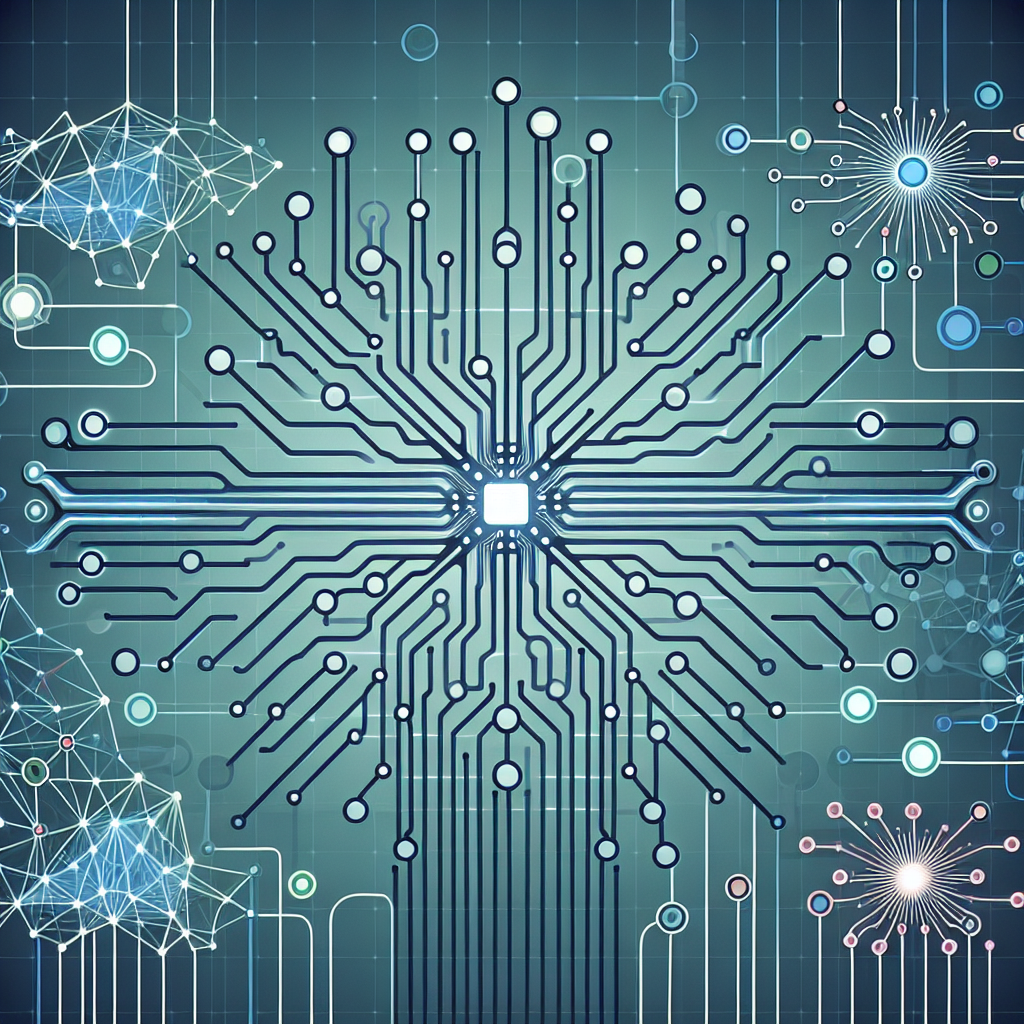Your cart is currently empty!
Exploring the Inner Workings of Deep Learning Algorithms

Deep learning algorithms have revolutionized the field of artificial intelligence, enabling machines to process and analyze complex data in a way that mimics the human brain. These algorithms are at the core of many advanced technologies, from self-driving cars to facial recognition software.
But how exactly do deep learning algorithms work? To understand this, we need to delve into the inner workings of these powerful tools.
At the heart of a deep learning algorithm is a neural network, which is a series of interconnected nodes that work together to process and interpret data. These nodes are organized into layers, with each layer responsible for performing a specific task, such as recognizing patterns or making predictions.
The first step in using a deep learning algorithm is to input data into the neural network. This data is then passed through the network, with each layer extracting and processing information in a hierarchical fashion. As the data moves through the network, the connections between nodes are strengthened or weakened based on the patterns and relationships that are identified.
One of the key components of deep learning algorithms is the concept of “training.” During the training process, the algorithm is fed a large amount of labeled data, which is used to adjust the connections between nodes in order to improve the algorithm’s ability to make accurate predictions. This process is repeated multiple times until the algorithm reaches a level of performance that is deemed satisfactory.
Once the algorithm has been trained, it can be used to make predictions or classify new data. For example, a deep learning algorithm trained on a dataset of images of cats and dogs could be used to classify a new image as either a cat or a dog based on the patterns it has learned.
While deep learning algorithms have shown great promise in a wide range of applications, they are not without their limitations. One of the main challenges is the need for large amounts of labeled data for training, which can be time-consuming and expensive to obtain. Additionally, deep learning algorithms are often seen as “black boxes,” meaning that it can be difficult to understand how they arrive at their predictions.
Despite these challenges, deep learning algorithms continue to push the boundaries of what is possible in artificial intelligence. By exploring the inner workings of these powerful tools, researchers and developers can continue to unlock new capabilities and applications that were once thought to be impossible.

Leave a Reply